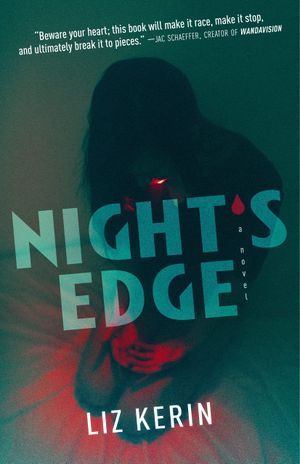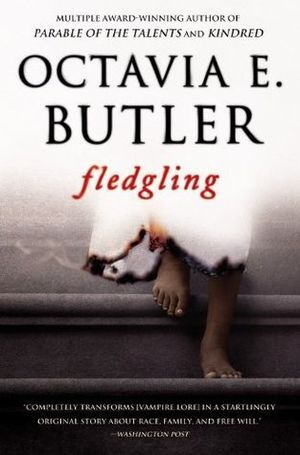This content contains affiliate links. When you buy through these links, we may earn an affiliate commission.
While it sometimes doesn’t seem that way, there is still plenty of opportunity within the monster genre. I want more books that use the classic Haitian zombie, that draw from the beliefs and stories of the Caribbean that developed alongside voudou, a tradition rooted in West Africa.
I want more books that investigate the grief side of vampirism: the Balkan dead rising, a brother who just died coming home, the need to try and trick him back to lay him to rest. (Or vampire books that investigate the wilder vampire superstitions, like that if you throw rice on the ground, they’ll have to count it grain-by-grain before they come after you again.)
I want modern-day Frankenstein tales that jive on chronic illness and wellness culture and plastic surgery, want werewolf stories like Indra Das’ The Devourers that explore shape-shifters as they exist across cultures, want mermaids that reflect the absolute terror that is the deepest parts of our oceans.
These five books give you a hint of all those wishes. They take the creatures we all think we know and give unusual and exciting spins on those monsters for some fantastic late-night autumn reading.


Into the Drowning Deep by Mira Grant
Victoria Stewart has always known that the footage of her sister’s research ship showing monsters was not a hoax. Now, she and a group of fellow scientists are going to the site of the Atargatis to try and figure out what happened, and prove that the monsters—sirens—really do exist. Did warming waters force a deep-sea predator up towards the surface? Grant (also known as fantasy author Seanan McGuire) takes a deep-ocean, hard sci-fi take on mermaids in this fast-paced, action-film-like novel full of reveals, suspense, and of course, some very scary mermaids.
The Fright Stuff
Ready for some thrills and chills? Sign up to receive the latest and greatest from the world of horror.


Night’s Edge by Liz Kerin
Saratov’s Syndrome is a fairly new problem for the world when Mia’s mother contracts it. Her mom now needs blood to survive, and she doesn’t trust the centers where vampires are being institutionalized, surveilled, and supported. So Mia becomes her mother’s support system instead, drawing blood so her mom can survive. She barely questions it for 13 years, giving her mom everything she has—her time, her social life, her ambitions. But then she meets a girl who makes her feel some kind of way, and she starts to wonder how long she can give her mother everything she has.


Mongrels by Stephen Graham Jones
Jones has quickly become the king of Indigenous horror, and in this 2016 novel, he took on werewolves, bringing in fun takes on werewolf daily life and what it might actually look like to be a lycanthrope in the modern world. He tells the tale in a constellation novel format, a series of chapters centering on the young protagonist and his aunt and uncle as the trio tries to survive on society’s margins. This is a gritty werewolf tale complete with coming-of-age energy and a look into the early work of an author who has become a modern, persistent phenomenon.


Fledgling by Octavia E. Butler
Shori wakes up in a cave, battered and bruised, and doesn’t know where she came from or who she is. But she quickly learns some crucial things. That she’s thirsty for blood, for instance, and that she heals at a rapid pace. As she digs into the mystery of her past, she learns about the Ina, a species that lives in an unusual relationship with the rest of humanity. This take on vampires is refreshing, and like all good Butler, the science-fiction world-building and powerful protagonist take center stage.


Handling the Undead by John Ajvide Lindqvist, translated by Ebba Segerberg
Well-known for authoring Let the Right One In, a haunting spin on vampires, this is Lindqvist’s take on the undead. In this story, zombies aren’t ravenous horrors. Instead, they’re upsettingly familiar. People’s wives, parents, and children begin to rise from the grave in Stockholm. They aren’t fully here, but they’re still back, somehow, and they all find their way home. Three families have to try and figure out how to deal with this phenomenon, as does the government. And it turns out the way the zombies act might have to do with our own feelings towards them.
